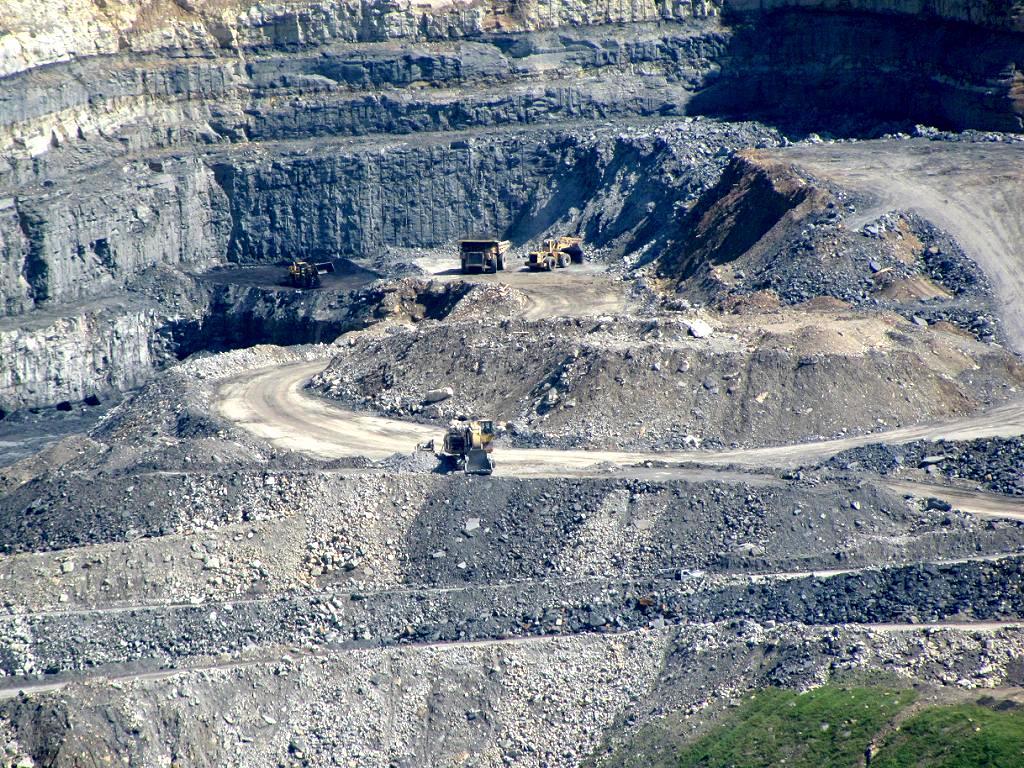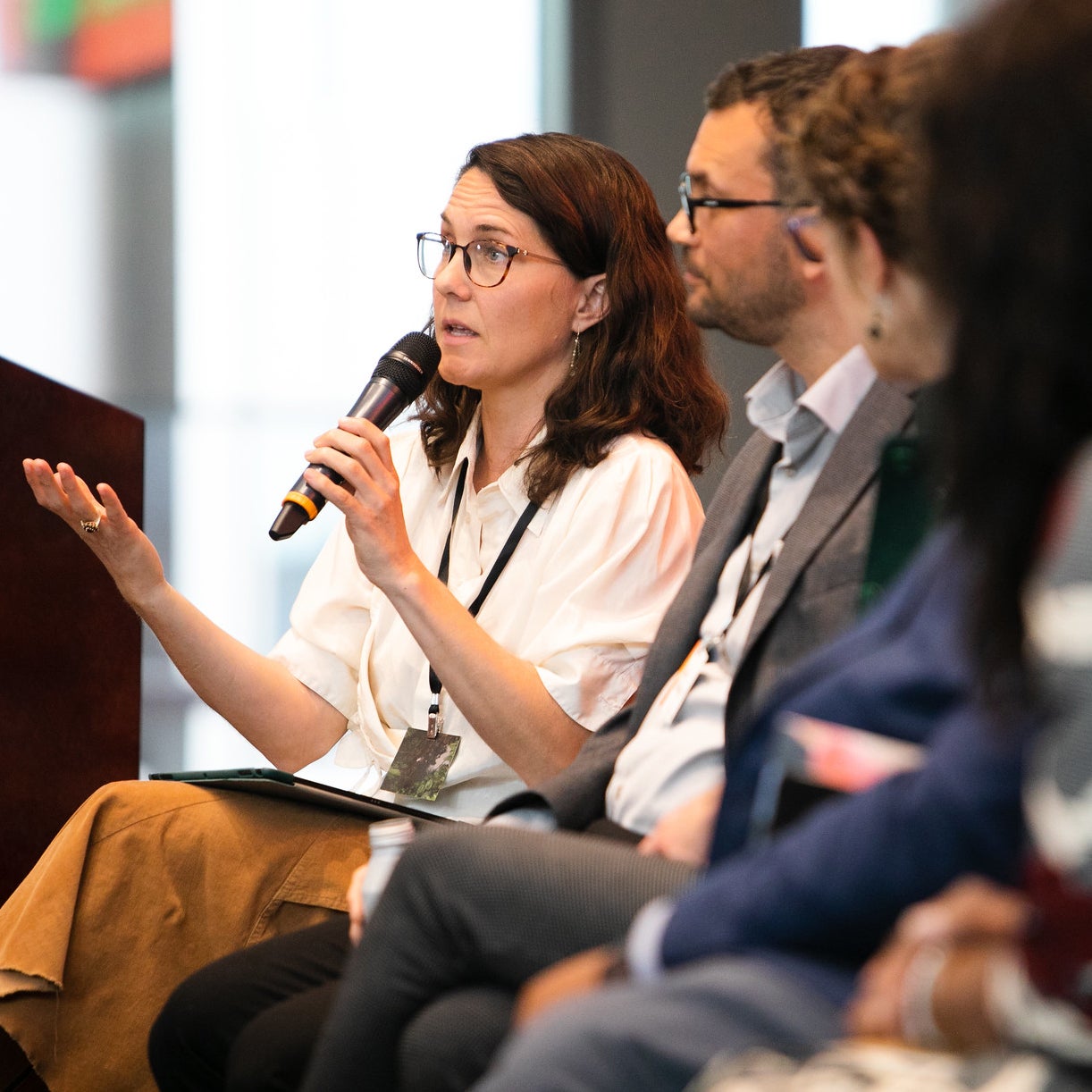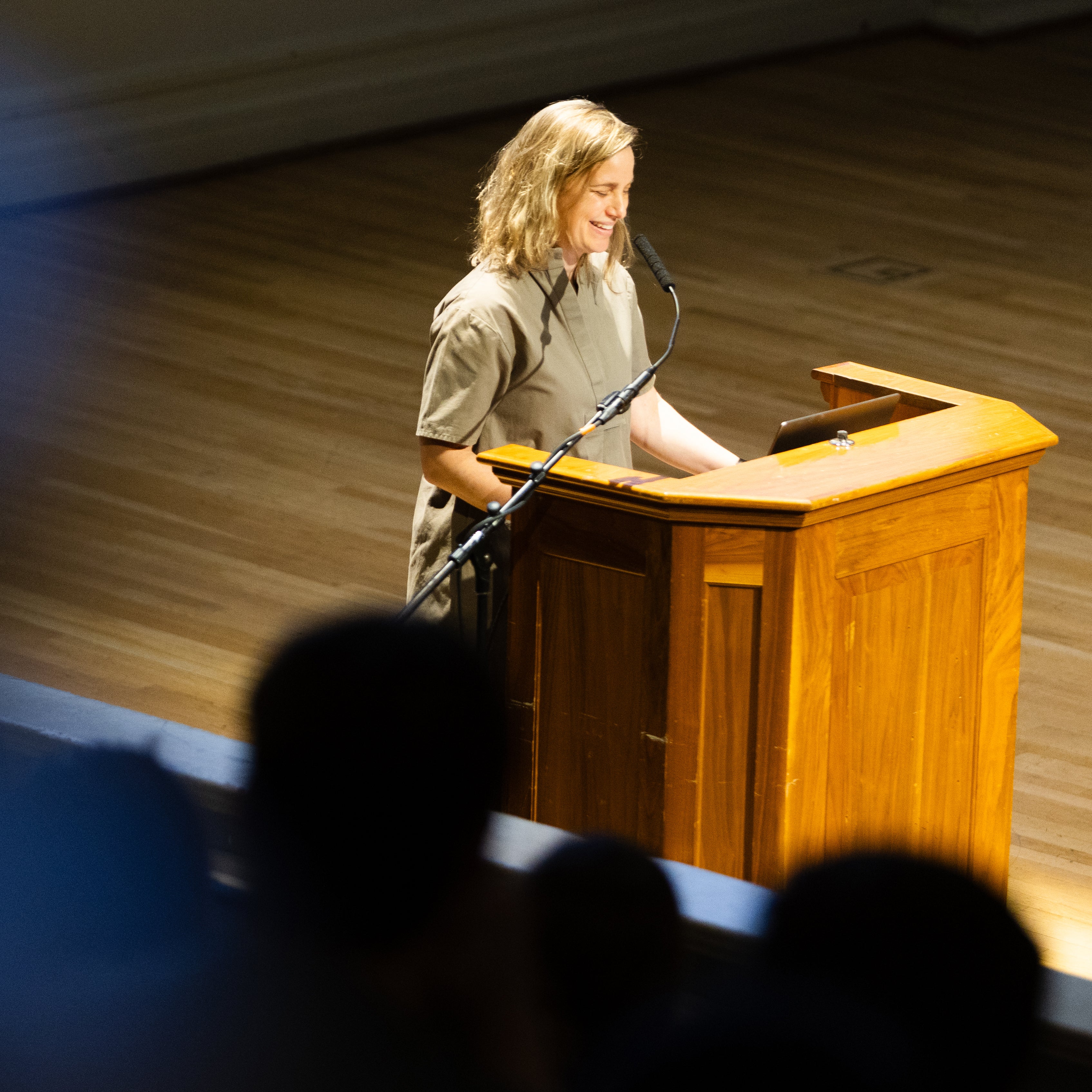
Student Education Enriched by EI’s Climate Restoration Initiative
Rachel Kinzer said she was given valuable experiences by the Environmental Institute during her master’s degree, paving a new path for her future.
In May, thousands of University of Virginia students started new careers with the tools and lessons learned at UVA. Master’s student Rachel Kinzer was among them. Headed to a job with a planning district in the Shenandoah Valley after graduation, Kinzer said her experience with the Environmental Institute’s Climate Restoration Initiative (CRI) helped shape that path.
From Farmville, VA, Kinzer started her undergraduate career at UVA undecided on a major. Environmental planning wasn’t something she had experienced upon arriving to Charlottesville. She was drawn to the Urban + Environmental Planning program after taking an introductory course, and also decided to minor in global sustainability,
“I really enjoyed being in planning, where you felt like you were working to address system ills and big issues because you were doing it at a local level and with communities,” she said.

Kinzer received her bachelor’s degree from the School of Architecture’s Urban + Environmental Planning program in 2023. She then enrolled in the Master of Urban + Environmental Planning program and secured a graduate research assistant position from UVA’s Environmental Institute to work within CRI.
Administered by the Institute, CRI is an interdisciplinary collaboration between UVA researchers, external organizations, and decision-makers across the state focused on carbon removal strategies in Virginia. CRI integrates current UVA faculty and undergraduate, graduate, and post-doctoral fellows, who are the future of interdisciplinary, collaborative research. Kinzer was chosen by a committee after submitting an application.
Throughout her year-long assistant role, Kinzer worked with Moira O’Neill, associate professor of Urban + Environmental Planning and Law.
“Rachel was a great candidate for the position because of her skillset from her undergraduate training in the Urban + Environmental Planning degree program,” O’Neill said. “The assistantship position built on that training, and then offered her an opportunity to use the skills she had acquired in my course and others to support the study.”
O’Neill’s team, of which Kinzer was an integral part, investigated the social, political, and legal nuances to implementing carbon reduction strategies in six rural and three urban localities. This meant analyzing policy, land-use, and zoning ordinances, and conducting interviews with key stakeholders.
It was important for researchers to hear about the issues from community members, both on the phone and in person. In addition to logging numerous phone interviews, the team traveled to Wise County to see a mountaintop removal site and meet with the community affected.

“You’re able to pick up on tone a lot better in person,” Kinzer said. “When we were there, I could feel the weight of the way that land use is speculated and how much it affected the community. The emotions were there a little bit more and you have to be respectful of that.”
This also helped Kinzer realize just how complex these issues are. One carbon removal strategy explored was a change in agricultural practices, like spreading an additive over soil to improve soil health and capture carbon. On paper, this sounded good, but after talking with local farmers the team realized it wasn’t financially feasible.
One of my takeaways is just how complex Virginia's landscape is politically, socially, culturally, and environmentally.
“So much of our state is rooted in the agricultural economy," she said. "And it's very interesting to hear the generational ties to that, the identity tied up in that. And then also, how do you bring people into the right conversation and move forward? How do we preserve that?”
Kinzer is now the regional planner for the Central Shenandoah Planning District Commission, based in Staunton, VA. Covering over 20 localities, her main responsibilities include crafting documents (like hazard mitigation or economic development plans) to connect regional communities to higher-level funding.
She shared that her work with CRI not only now assists her in her new career, it also encouraged her to find a job where she could bring a passion for climate solutions and decarbonization to real policy.
“Virginia is a beautiful and very diverse landscape,” she says. “There’s a lot to learn here, a lot to plan. I’m excited to get into this network of professional planners and see where it takes me.”
This article was written by Megan May for the University of Virginia's Environmental Institute and first published June 11, 2024.


